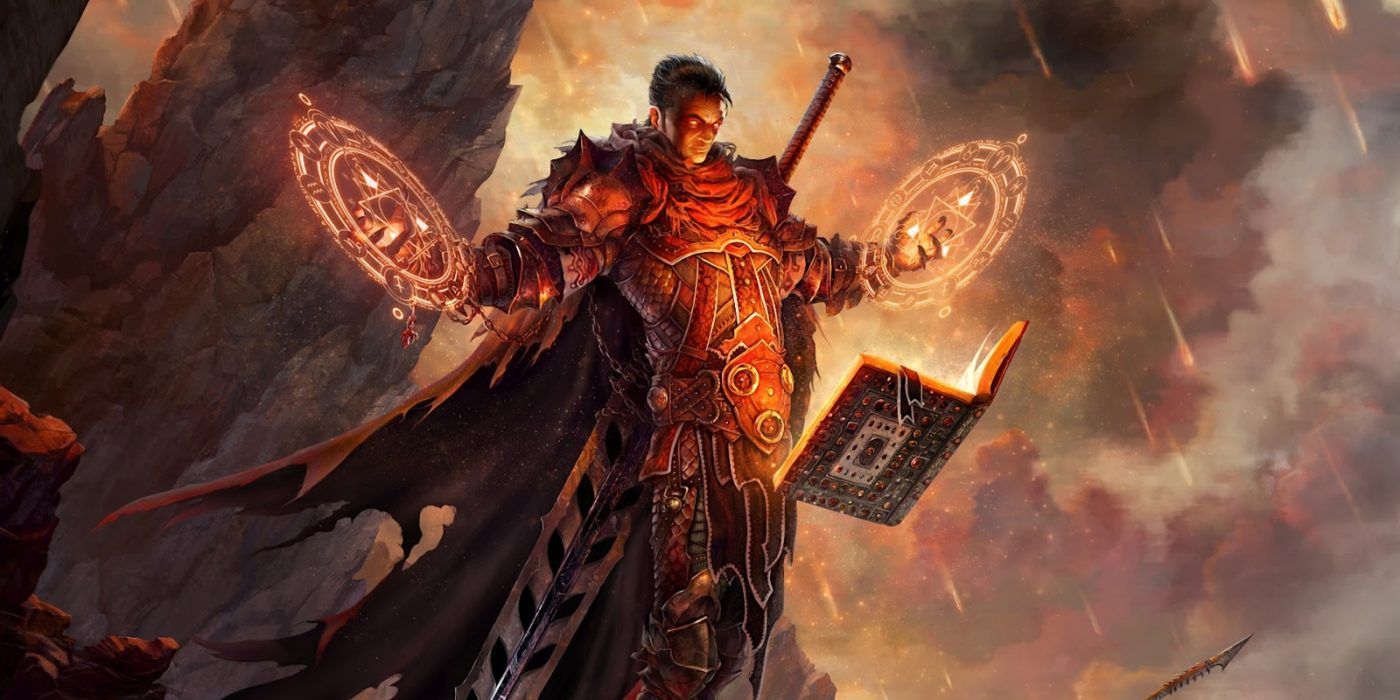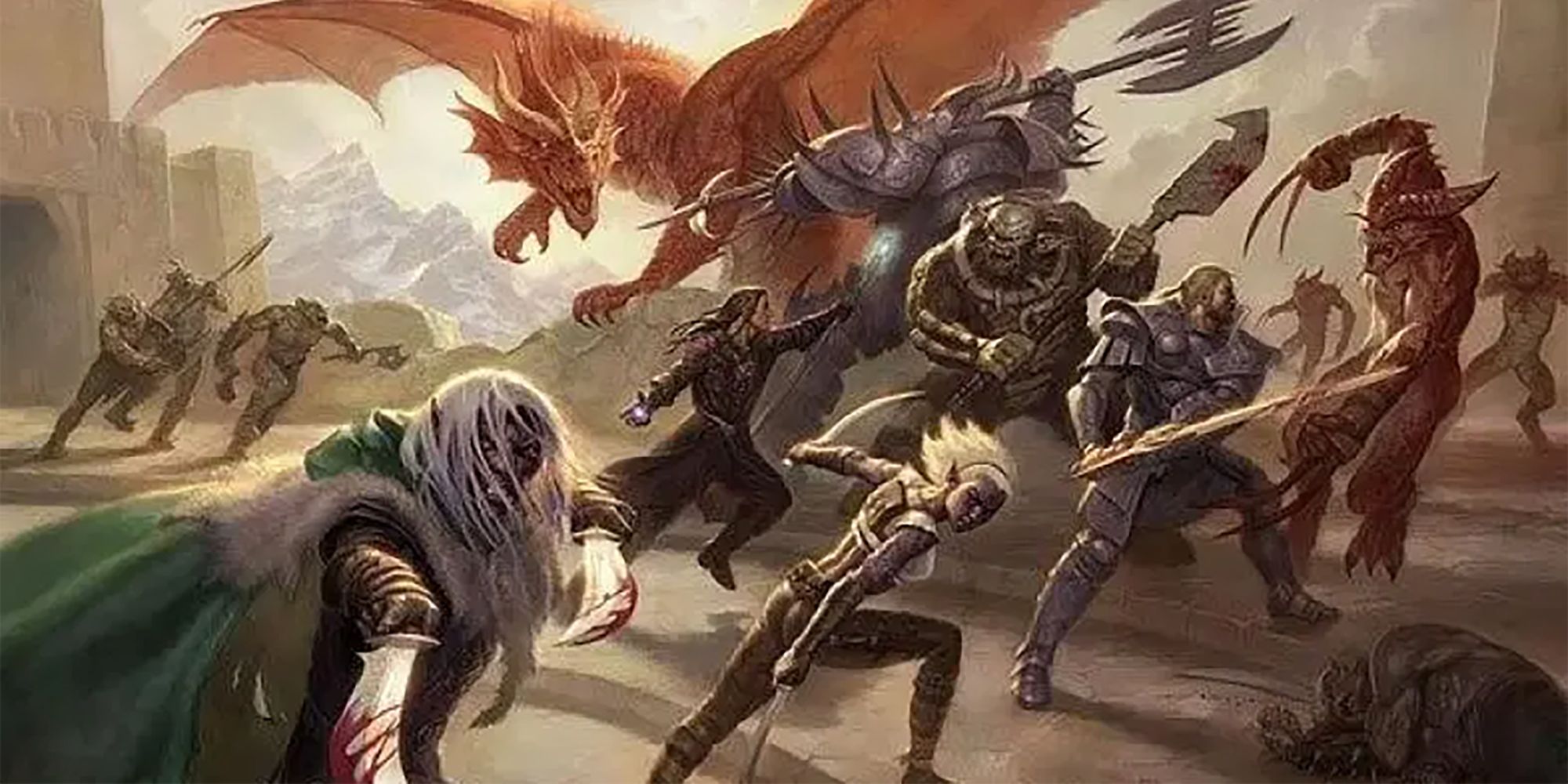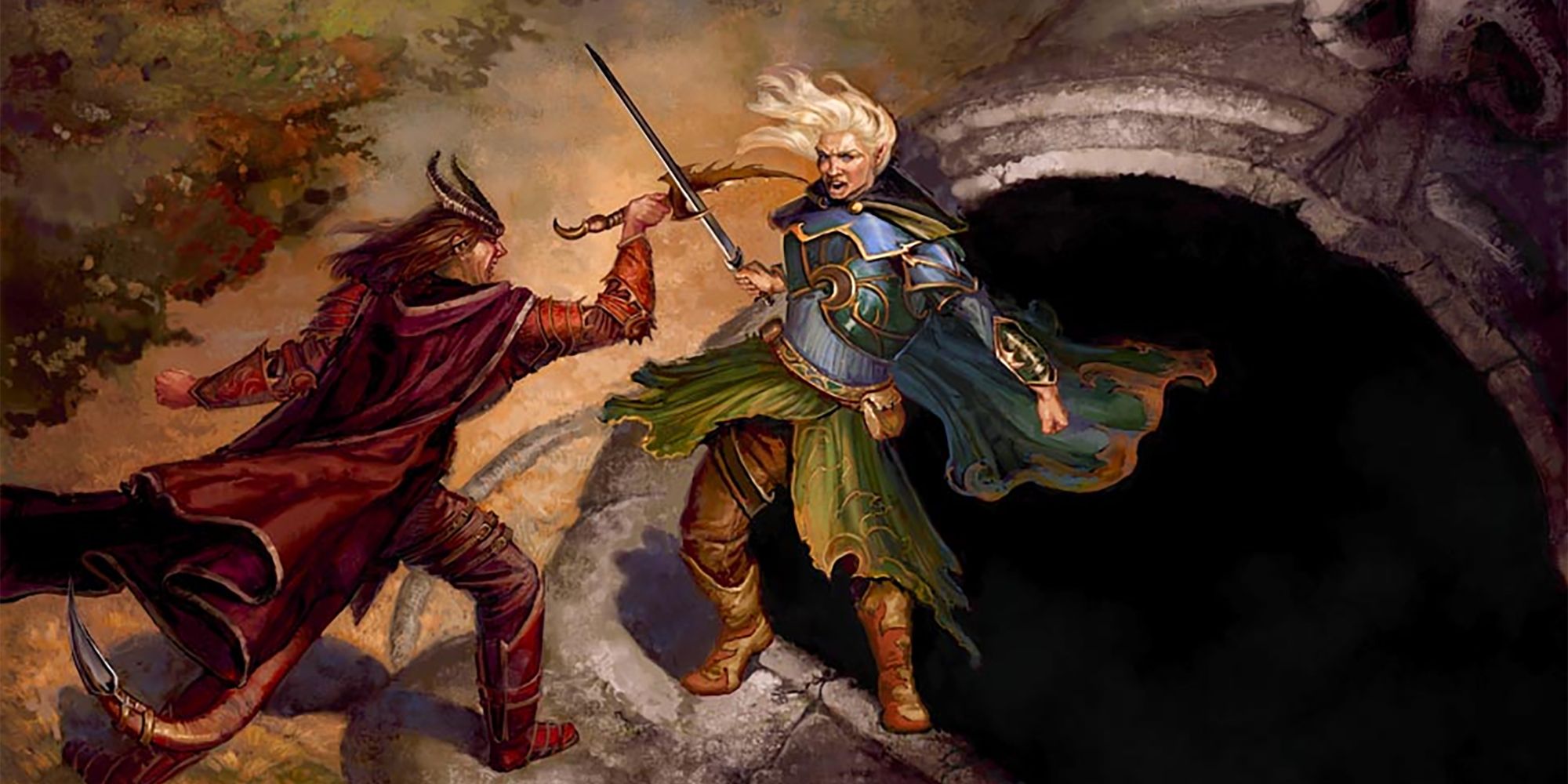There are so many options available when creating a character in Dungeons & Dragons that players often get torn with indecision. One of those first dilemmas players face is whether they want to be in the thick of combat or serve the party as a spellcaster. Those decisions may not be mutually exclusive, however, and if a player builds their character right, they can get the best of both worlds.
There are some easy pitfalls to make when designing a character to be good at both the swordplay and the sorcery of Dungeons & Dragons, but keeping the right guidelines in mind can really help a character thrive. You may even get the best of all possible worlds to become the party's strongest player.
The core difficulty in balancing both martial and magical skills is that characters only have so many skills to choose from, and since the two skillsets are so fundamentally different the process of navigating character creation is not so straightforward for such a circumstance. In order to be in the thick of a fight, a character will need armor, shields and weapons, but without proficiencies in those items, spellcasters won't be able to work their magic. Equipping a character with those basics is the very first step to getting the best of both worlds.
Though it's easy to get overwhelmed with options, recognizing the importance of armor and weapon proficiencies allows a player to narrow down their options right from the start to specific classes and subclasses. Warlocks, clerics and bards make for the best-balanced builds between the magic and the martial, as many of them allow for such proficiencies on top of their spellcasting. The problem is then knowing which ability scores to invest in. Physical offense and defense depends on Strength, Dexterity and Constitution scores, whereas spellcasting is dictated by Intelligence, Wisdom and Charisma. What should a balanced character prioritize?
Some subclasses are prime options for players looking for balanced builds precisely because of how they consolidate ability score options. The Hexblade subclass of warlocks is the best example, where the Hex Warrior feature allows a warlock to add their Charisma modifier to their weapon attacks instead of Strength or Dexterity. Another option is to use the Shillelagh cantrip, which restricts the user's weapon to a staff or wooden club but similarly allows for using their spellcasting ability modifier in place or Strength or Dexterity.
Even without optimization, there are convenient ways of balancing both stats. War Clerics and most Paladins excel at making themselves into tanks who still sling spells in battle, but even once your character is designed for the task it is crucial to remember one of the biggest restrictions too few players consider: you only have two hands. A weapon and a shield can take up two hands, but so too can the somatic and material components of a spell. How is a spellcaster supposed to juggle four different uses for their hands in battle?
This is another reason that Hexblades excel at being a hybrid between the two skillsets because they are also able to use their weapon as an arcane focus and thus cut down on the items they need to juggle. But the War Caster feat is an absolute must for battle mages, not only for freeing up somatic requirements to spells in combat but for granting advantage on Constitution saving throws to maintain concentration spells after damage. The fact that War Casters can use their spells for an Opportunity Attack is icing on the cake, and any build looking to master the martial and the magical benefit immensely from gaining the feat as soon as they can.
With the above options in mind, the task of reconciling two seemingly disparate skillsets is suddenly not so daunting. Recognizing the importance of picking the right class, apportioning ability scores correctly, and keeping in mind the rulesets where spell requirements and concentration matter are all key considerations when designing the right magical fighter. Now that you know which skills to pick, your character will be slinging spells while slicing swords in no time.



